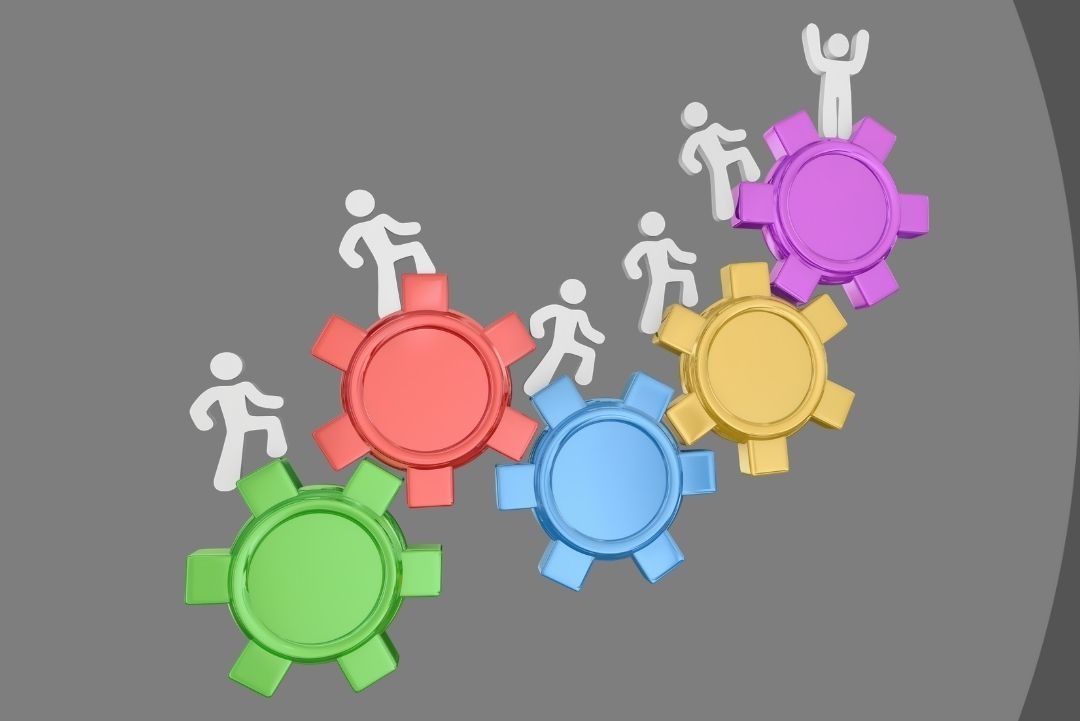Banter in the Workplace – When Does it Become Bullying?
It can be said that humour is an essential part of Australia and its workforce (Work Integrated Learning Australia, 2022). Australian comedy culture is known for sarcastic and witty humour, where jokes are aimed at yourself and others. This exchange is often referred to as banter, that is light and playful teasing within a friendly conversation.
The Issue with Banter in the Workplace
Whilst banter in the workplace can be enjoyable, one person’s perception of banter can be very different to someone else’s. A harmless ‘joke’ can be misinterpreted or taken out of context when overheard. Although political incorrectness can be argued as ‘undermining’ the ability to make jokes and comments freely, there comes a point where a joke is not funny and has been taken too far. Ruthless and continuous jokes can be viewed as bullying or harassment.
Ensuring Banter stays friendly
To keep humour in the workplace and to continue to foster a friendly environment for everyone it is important to ensure our work banter is kept in line and that employees understand the difference.
Before making a joke or participating in banter, always consider;
- How well you know the person
- Whether the joke focuses on a potential insecurity
- How other people would interpret the joke, if it was overheard with no context
- Whether the content is mean or malicious
- Whether your delivery is expressive or matter of fact
Signs Banter has gone too far
- The other person stops participating in the banter abruptly
- Their reaction is silence
- The subject has been quickly changed
- The mood has changed
If any of the above is observed, then this is no longer work banter. A person may choose not to tell you that this line has been crossed if they fear being shamed or called sensitive (HR Department, 2022).
The Definition of Bullying – Fair Work Act 2009
According to the Fair Work Act (2009) Cth, workplace bullying is defined as repeated unreasonable behaviour towards another worker or group which creates a risk to health and safety (AHRC, 2022a: Fair Work Act 2009). Whether the intention of the joke was innocent or not, the way the joke is received and perceived by others is important and can be considered bullying.
‘Banter’ is often used in the defence of workplace bullying and harassment claims. Jokes and banter can not be used as an excuse for inappropriate behaviours. Nor can banter excuse bullying, sexual harassment, malicious and discriminatory behaviour towards others.
Harassment Behaviours – Where Is the Line?
Harassment includes behaviours, including but is not limited to;
- Insulting jokes and inferences to racial groups, genders, and sexual orientation.
- Making verbal comments or sending explicit or sexually suggestive comments emails and text messages.
- Displaying offensive and inappropriate posters or screen savers
- Derogatory comments or taunts about a person’s disability or attribute
- Asking intrusive questions or implications about someone’s personal life (i.e., sex life, partner) (AHRC, 2022b).
It is important to ensure all employees feel safe and happy at work. Educating your workforce on what is and is not appropriate will help to ensure the line between bullying and banter is not crossed.
Responsibilities of Employers
In accordance with WHS laws, a person conducting a business or undertaking must eliminate or minimise psychosocial risks so far as is reasonably practicable. Furthermore, business owners have a primary duty of care as stated by Section 19 of the Workplace Health and Safety Act and are required to manage risks to health and safety in accordance with the WHs Regulations Part 3.1. Should an employee feel that they are being bullied by their peers, supervisor or subordinate, business owners are required to investigate the issue, resolve and/or eliminate the behaviour from the workplace. Being aware of banter in the workplace and ensuring the jokes are in line are critical to monitor potential of psychological hazards in the workplace (Safe Work Australia, 2022).
If you would like advice on a situation occurring in your workplace or any other HR consulting services, contact us on (07) 3630 5695 or email success@bramwellpartners.com.au.
References
AHRC (2022a). Bullying Quick Guide. Retrieved 15 November 2022, from https://humanrights.gov.au/quick-guide/11995
AHRC (2022b). Workplace discrimination, harassment and bullying. Retrieved 15 November 2022, from https://humanrights.gov.au/our-work/employers/workplace-discrimination-harassment-and-bullying
Fair Work Act 2009
HR Department (2022). Beware the Banter in Your Business. Retrieved 15 November 2022, from https://hrdept.com.au/blog/beware-the-banter-in-your-business/
Safe Work Australia (2022). Managing psychosocial hazards at work – Code of Practice. Retrieved 15 November 2022, from https://www.safeworkaustralia.gov.au/sites/default/files/2022-08/model_code_of_practice_-_managing_psychosocial_hazards_at_work_25082022_0.pdf
Work Integrated Learning Australia (2022). Humour and slang in the Australian workplace. Retrieved 15 November 2022, from https://www.international-students.acen.edu.au/understanding-australian-workplace-cultures/introduction-thriving-in-the-australian-workplace/humour-and-slang-in-the-australian-workplace/
 success@bramwellpartners.com.au
success@bramwellpartners.com.au



